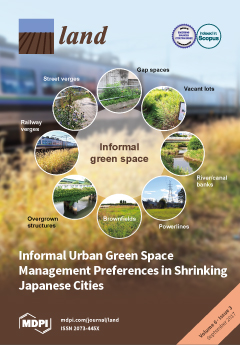The institutional problems of small farmers in the United Republic of Tanzania
The report contains suggestions for a greater effort to be made in the understanding of the problems of agricultural development from the point of view, of the small, farmers and for a consequent reorientation of actions so that the relevant institutions would be able to serve the interests of the small farmers and the nation at large.




